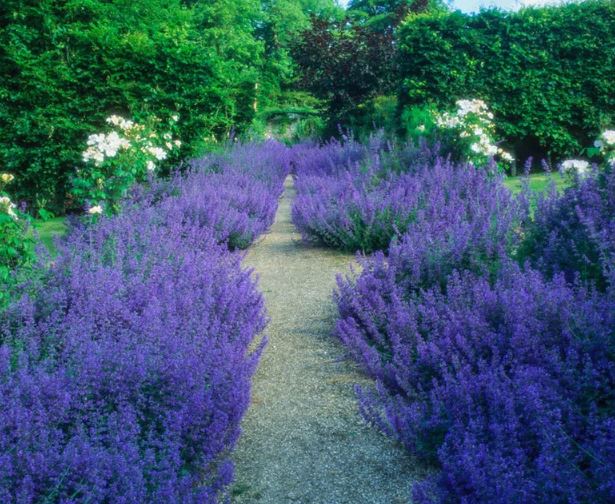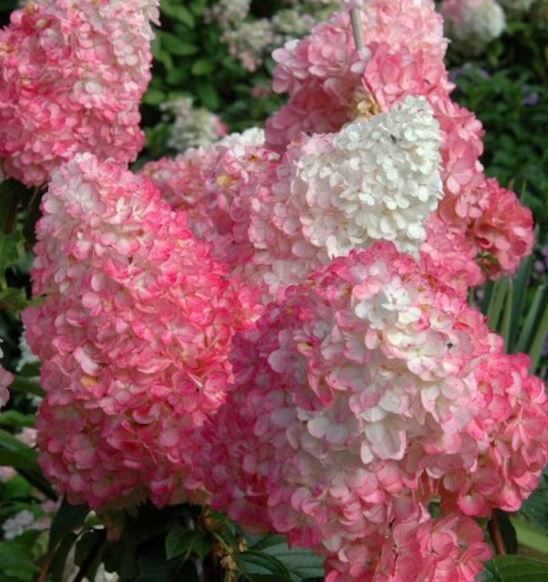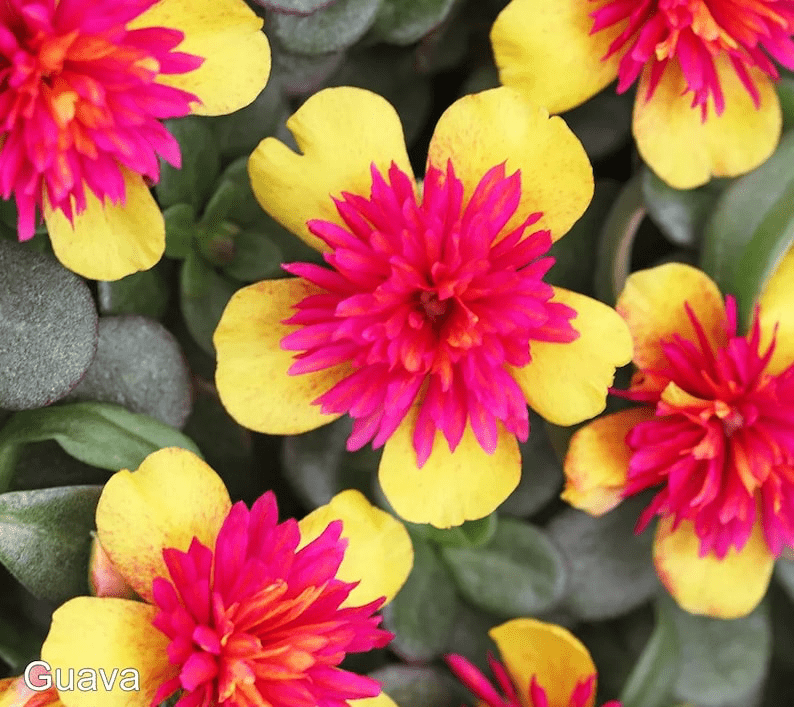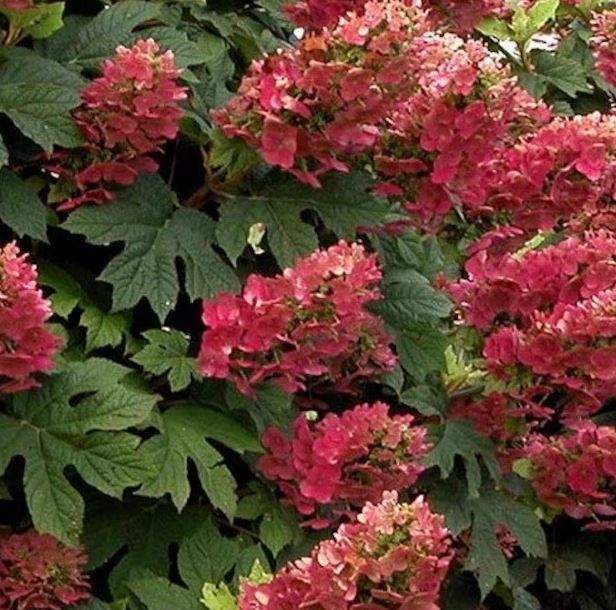If you’re looking for an easy-to-grow, low-maintenance, and beautiful addition to your garden, look no further than Purrsian Blue Catmint.
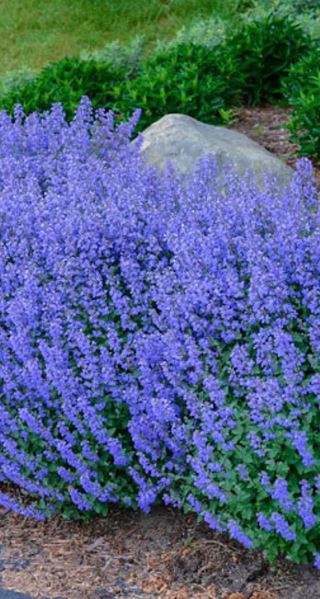
Catmint
Also known as Nepeta x faassenii, Purrsian Blue Catmint is a hybrid of two other species, Nepeta mussinii and Nepeta nepetella, and is a hybrid of the two. This Catmint is a great choice for gardeners who want to add a touch of beauty to their outdoor space, as it produces beautiful blue flowers that bloom in summer and attract butterflies and bees.
Purrsian Blue Catmint is a perennial, meaning it will come back year after year, and it is also deer resistant, so you don’t have to worry about these four-legged visitors eating your plants. It is a low-maintenance plant and can easily be grown in a variety of soil types. It can tolerate both full sun and partial shade, and does best in well-drained soil.
Care Guide
Here’s a step-by-step care guide to help you keep your Purrsian Blue Catmint healthy and thriving:
- Choose the right location: Prefers full sun to partial shade and well-draining soil. Choose a location that gets at least 6 hours of direct sunlight per day and has good drainage.
- Plant at the right time: Can be planted in the spring or fall. If planting in the fall, do so at least 4-6 weeks before the first frost.
- Prepare the soil: Before planting, loosen the soil to a depth of 12-15 inches and mix in organic matter such as compost or aged manure. This will improve drainage and provide nutrients to the plant.
- Plant the catmint: Dig a hole that is slightly larger than the root ball of the plant. Place the plant in the hole and fill in with soil, tamping down lightly to remove any air pockets. Water the plant thoroughly.
- Watering: Prefers moist soil but can tolerate some drought once established. Water the plant deeply once a week or more often during hot, dry weather.
- Fertilizing: Fertilize Purrsian Blue Catmint in the spring with a balanced fertilizer, such as a 10-10-10. Apply according to the package directions.
- Pruning: Prune the plant back by about one-third in the early summer after the first flush of flowers. This will encourage the plant to produce more flowers later in the season.
- Controlling pests and diseases: Purrsian Blue Catmint is generally resistant to pests and diseases. However, if you notice any problems, treat with an organic insecticide or fungicide.
- Harvesting: You can harvest the leaves and flowers of Purrsian Blue Catmint for use in teas or as a seasoning. Harvest the leaves in the morning after the dew has dried and before the flowers open fully.


